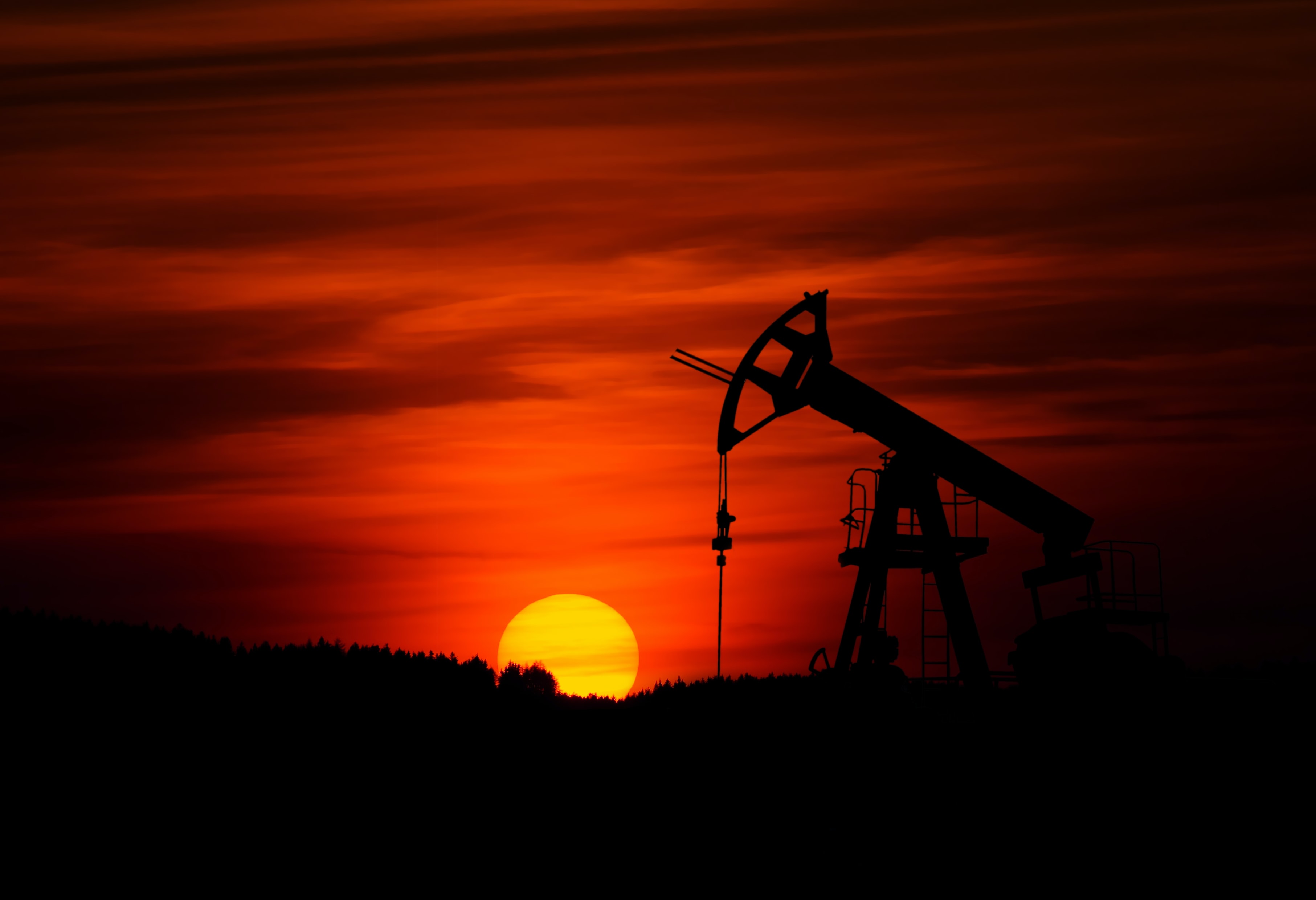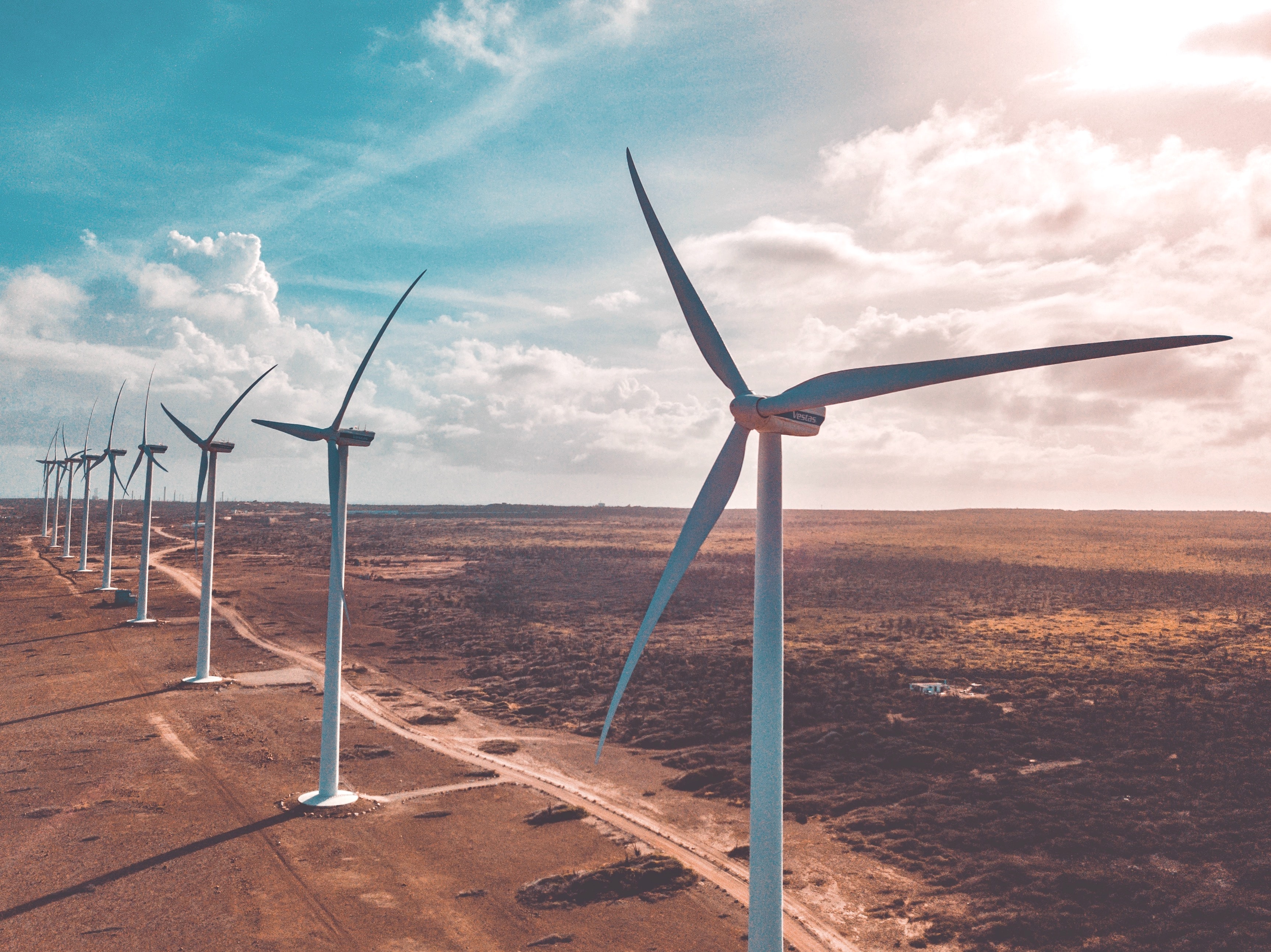
Energy and its production is the life blood of Lea County. Both the county and the state profit greatly from the revenues generated from energy, especially oil and gas, slightly over half of which is delivered from federal lands within the state.
“Oil and gas development on federal lands is and will be a critical part of New Mexico’s economic and fiscal future. Our ability to develop resources on federal lands has a direct impact on the future of our state and the level of investment we’re able to provide in critical areas like education, healthcare, and public safety,” said Ryan Flynn, President of the New Mexico Oil & Gas Association.
The latest analysis indicates that in 2020 oil and natural gas production and development on federal lands in New Mexico accounted for $1.5 billion; another $1.3 billion came from private lands. This revenue made up 33.5% of total state earnings during the fiscal year, being one-third of the state’s revenues.
Many of us take all of this for granted and give little thought to the future of the energy industry, assuming that things will always be like they are today. Perhaps the political climate may change and new regulations may affect production, but oil and gas will just keep flowing.
Unfortunately, nothing could be further from the truth. Without being overly technical, some oil and gas industry terms need to be understood. First is “Oil in Place” (OIP) which is the oil within a formation. Worldwide, the average recovery of oil from a formation is approximately 40%; this figure is referred to as “Estimated Ultimate Recovery” (EUR).
The total OIP for the Permian Basin is documented as 105.7 billion barrels (Bbbl) of oil at discovery. Almost one-third of this amount, some 33 Bbbl of oil, has already been produced. This means that only approximately 5 Bbbl EUR is still possible to extract, according to the Energy information Service.
It doesn’t take a math major to recognize that more than 80% of the recoverable oil in the Permian Basin has already been produced. This point in and of itself is not a major concern or even a cause for immediate panic but merely a fact – the Permian Basin is a limited resource. Eventually it will run dry. Technology will not save it.
Another reality is that with each barrel produced the cost of extraction increases. Although there are many secondary and tertiary recovery techniques for extracting more oil once a well runs dry, the simple fact is that not all of the oil will ever be recovered. Adding to this factor is the existence of a point of diminishing returns when more cost and lower quantity is realized when secondary and tertiary recovery techniques are used.
So what do we do “when the well runs dry”? Or rather what should we do now to prepare for the future when, rather than if, the well runs dry?

Unfortunately, energy has become a political issue, and the arguments are couched as “Us versus Them” – “Oil and Gas versus Renewable”. In reality, both have their place and both support the tax bases and put money in the pockets of our neighbors and ourselves. Why should we not “have our cake and eat it too”?
Lea County is perfectly situated for renewable energy. Much of New Mexico, including Lea County, has average wind speeds of above three to four meters per second at 30 meters of height. This speed is considered to be the velocity required to produce commercial energy. Further, Lea County has adequate solar exposure to create solar farms.
Both wind and solar energy have great potential in Lea County, and many landowners will profit as these renewables grow. As most are aware, New Mexico allows the severing of mineral rights from the surface estate. This means that often the person or company that owns the surface is not the mineral owner and, thereby, receives no income from production if a well is drilled on his/her or the company’s property. To add to this, mineral owners are often absentee owners, which means that the income generated from a well is not spent locally but in other cities, counties and/or states; neither the local economy nor that of the state profits in these situations. However, with renewable energy, the surface owner receives the income, which can be substantial, profiting local land owners, boosting the local economy and even helping the state.
It is time for all to take a closer look at the reality about the oil and gas industry in the Permian Basin. It is time for everyone to evaluate what renewables may mean and bring to Lea County, as well as the state. The production of energy will always remain the life blood of Lea County, but the mix of energy that is produced may be very different from that which is produced today.
Photo by Zbynek Burival, Rabih Shasha / Unsplash


